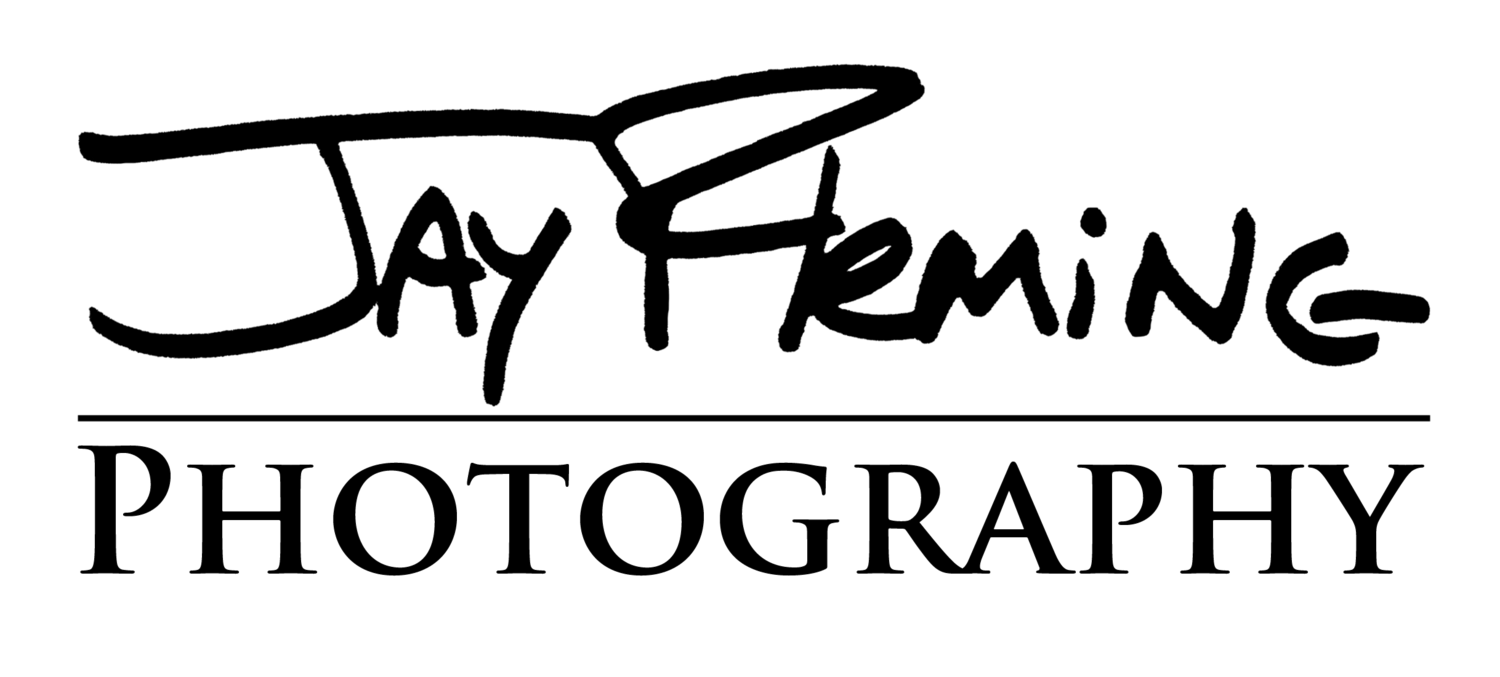My first boat was a kayak, my second boat was a 15-foot Gheenoe, and my third boat was an 18-foot Privateer bay boat. All three had two things in common: They were great for the shallow waters of Chesapeake Bay, and they were limited and potentially dangerous in the rough conditions that happen frequently on my home waters.
All too quickly, I learned how small my Privateer was when crossing Tangier Sound from Smith Island to Crisfield, Maryland. The sound is notoriously rough, especially with a strong northeast wind and a flood tide. I was routinely making the 10-mile trip for fishing and photography, and while my bay boat was perfect for shallow water — the brand was the go-to center console in the 1980s for watermen working the creeks and rivers along the Chesapeake’s Eastern Shore — I knew I needed a bigger version to handle tougher conditions.
I found my perfect boat in the least likely place: an art gallery in Annapolis, where I was showing my work from Smith Island. Boatbuilder Kevin Marshall came to see a large print of my photograph showing his father crab-potting. I asked if he knew of anything in the 22- to 25-foot range. He had a 22-foot Privateer Roamer built in 1983 in Belhaven, North Carolina. The boat had been used and abused by a waterman known for being hard on his gear. I had seen the work that Kevin did on Parkers, C-Hawks and other Privateers, so the condition of the hull didn’t deter me. The fact that we had a blank canvas to work with was exciting.
Nearly six months after initiating the conversation with Kevin about a boat, I was making my first run to start breaking in the outboard. Weather was no longer an issue; I was ready for almost anything the Chesapeake could offer.
The final step was picking a name for her. I call her the Carla Marie, after one of the most influential people in my life: my mother.





